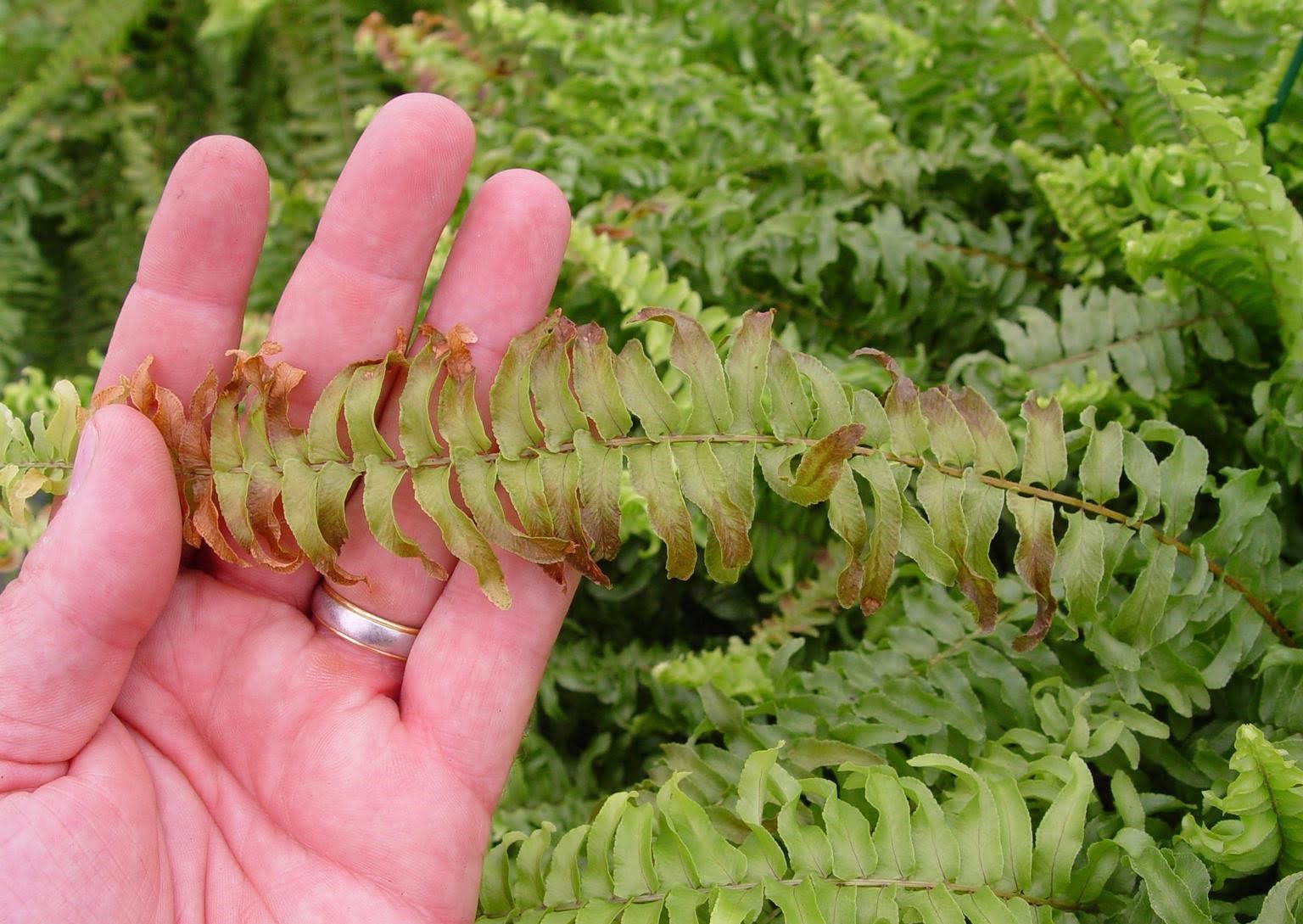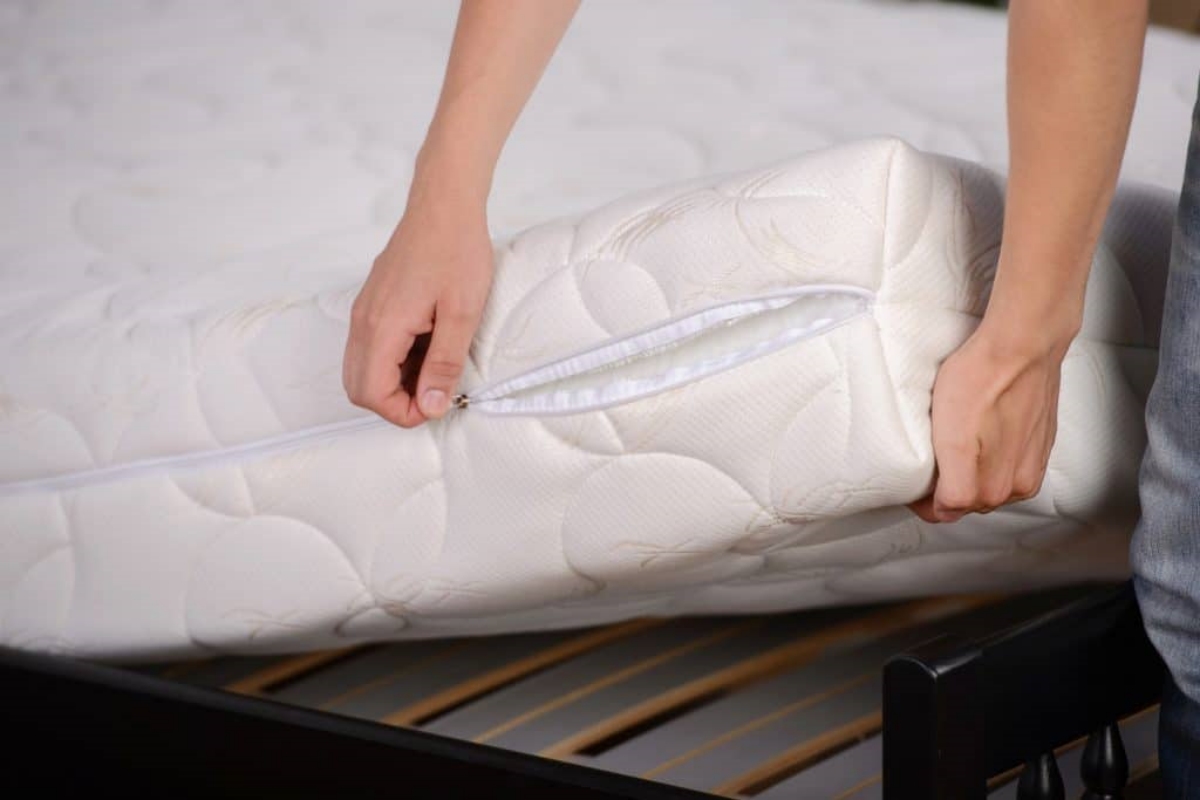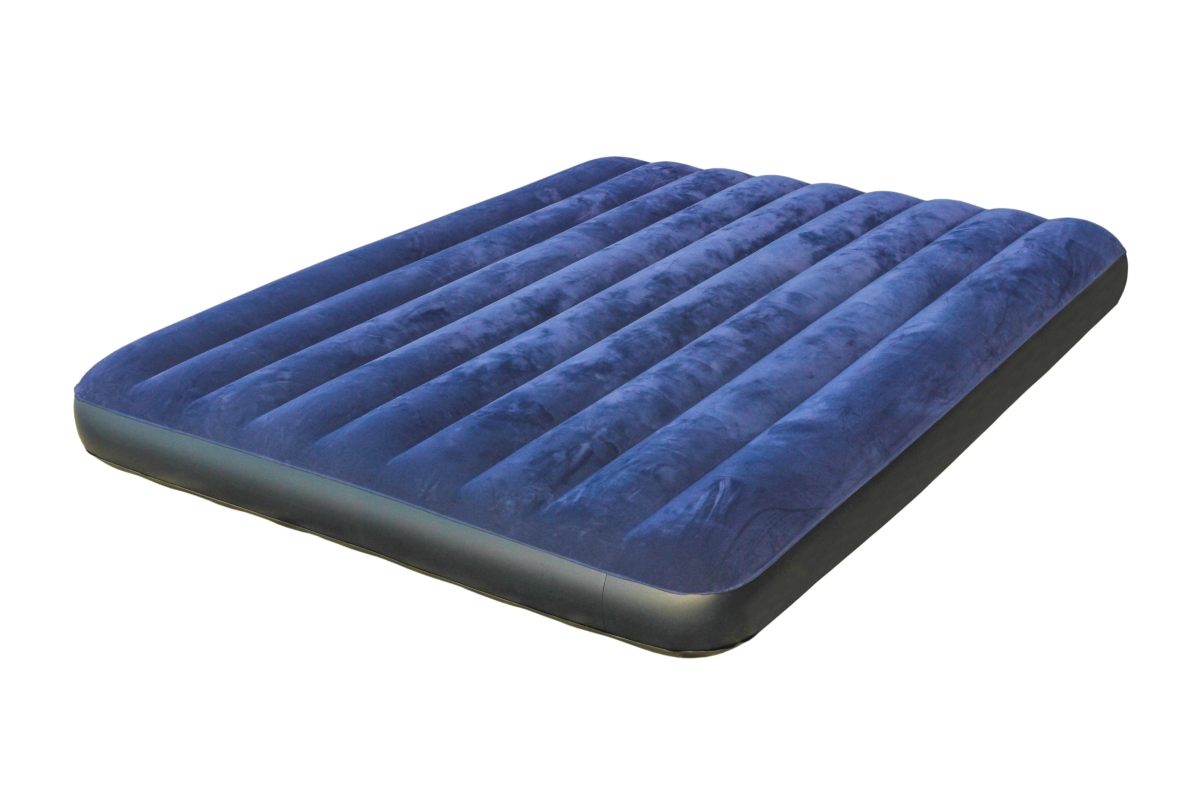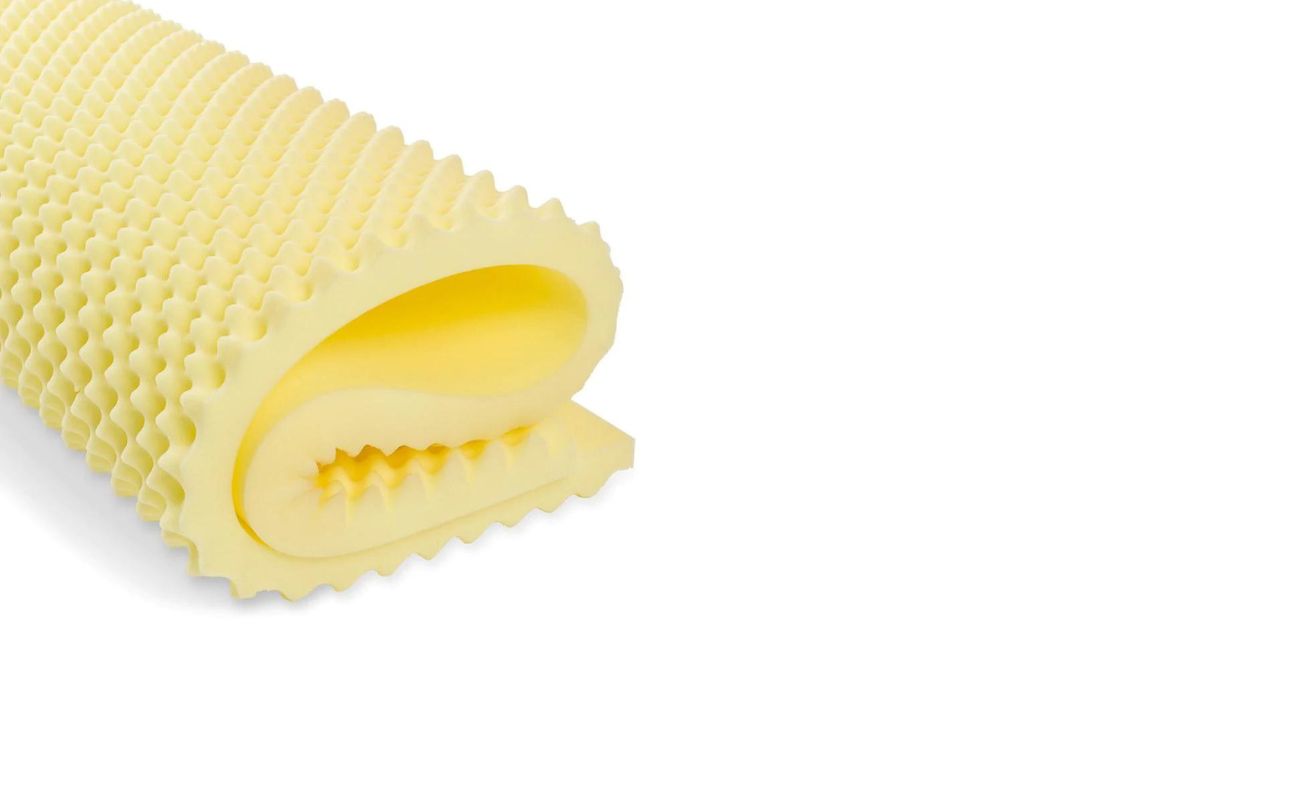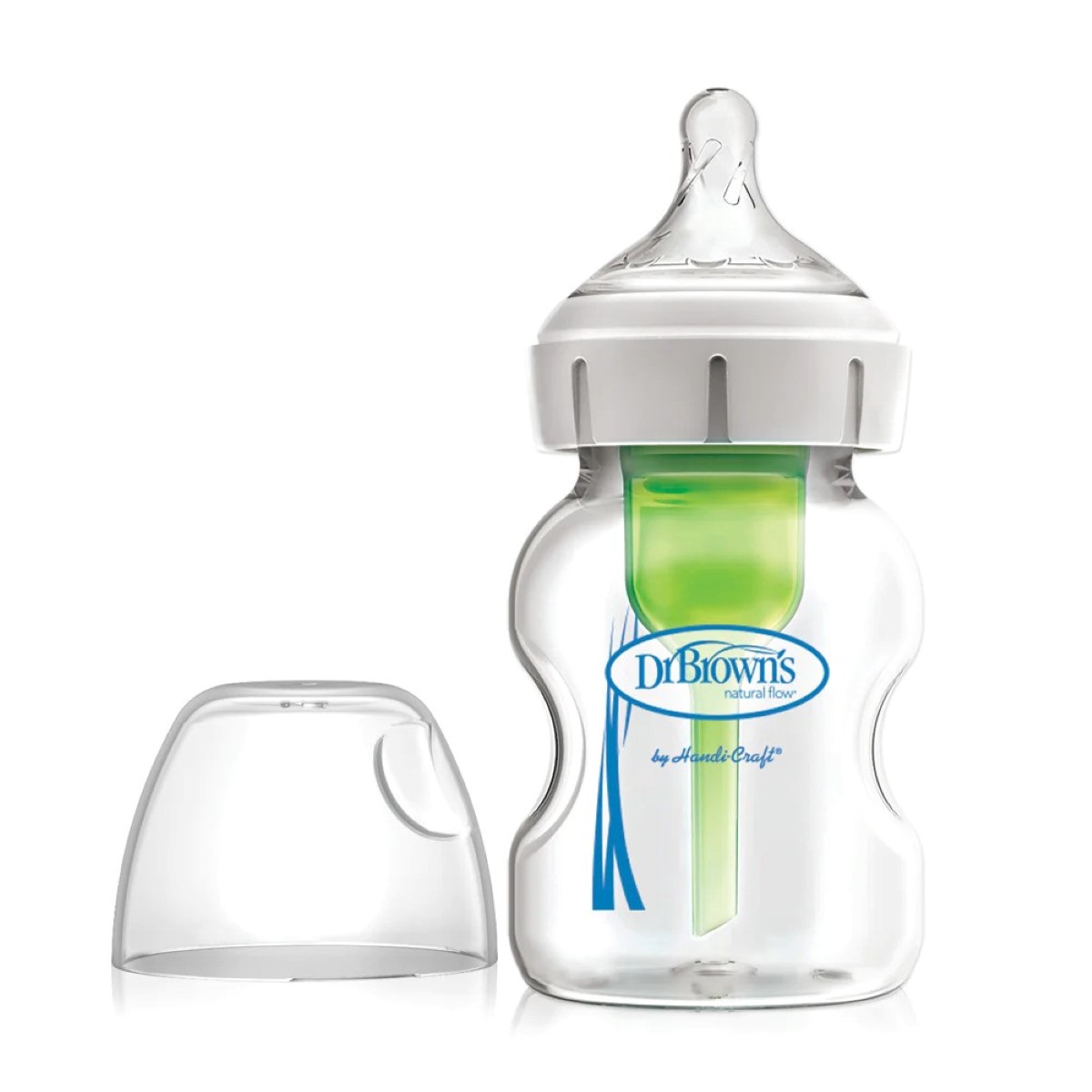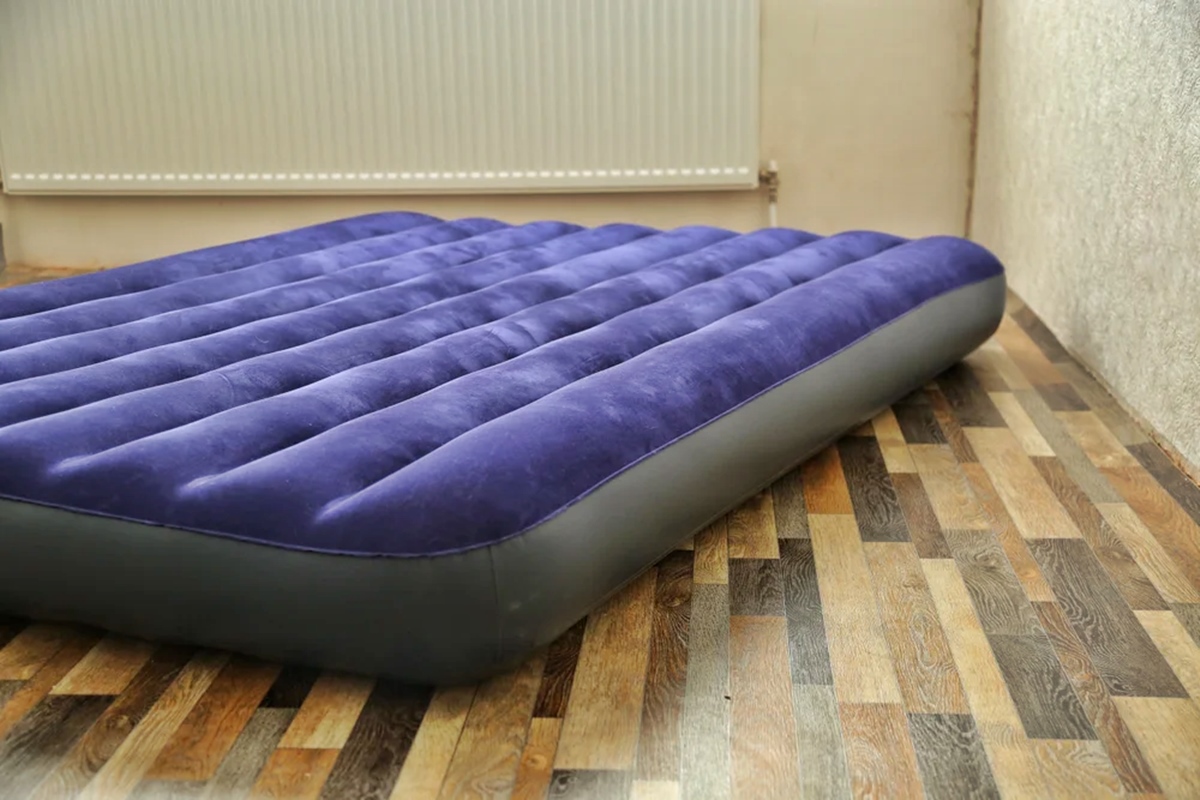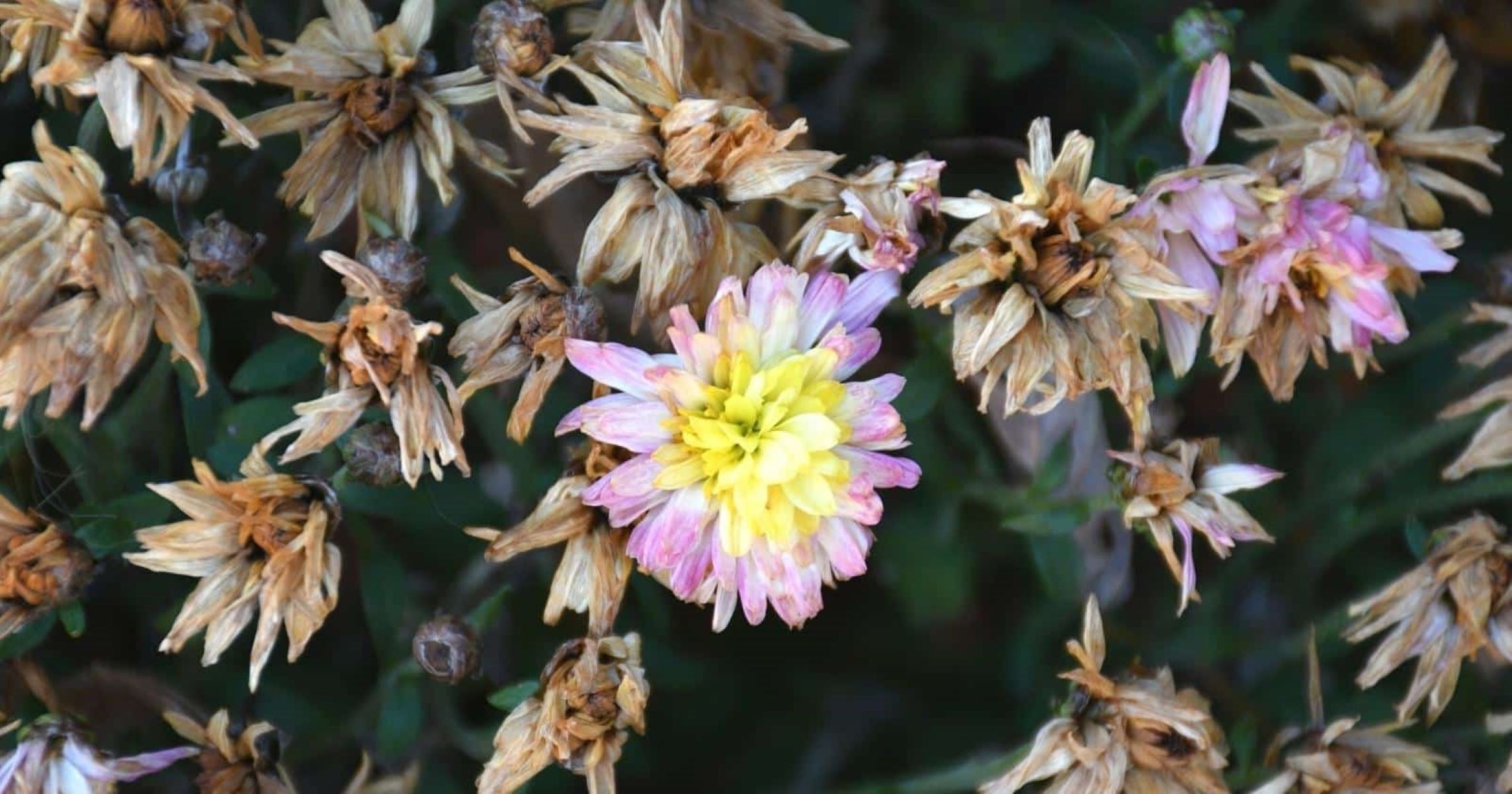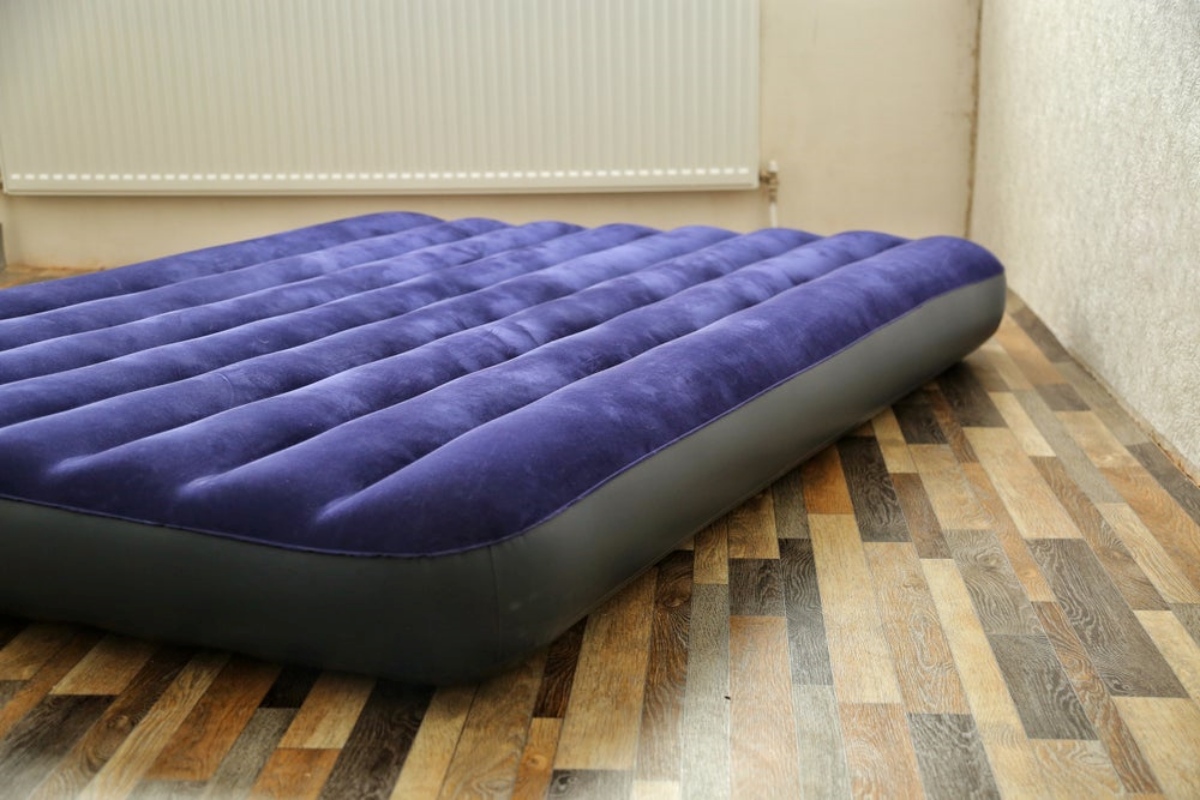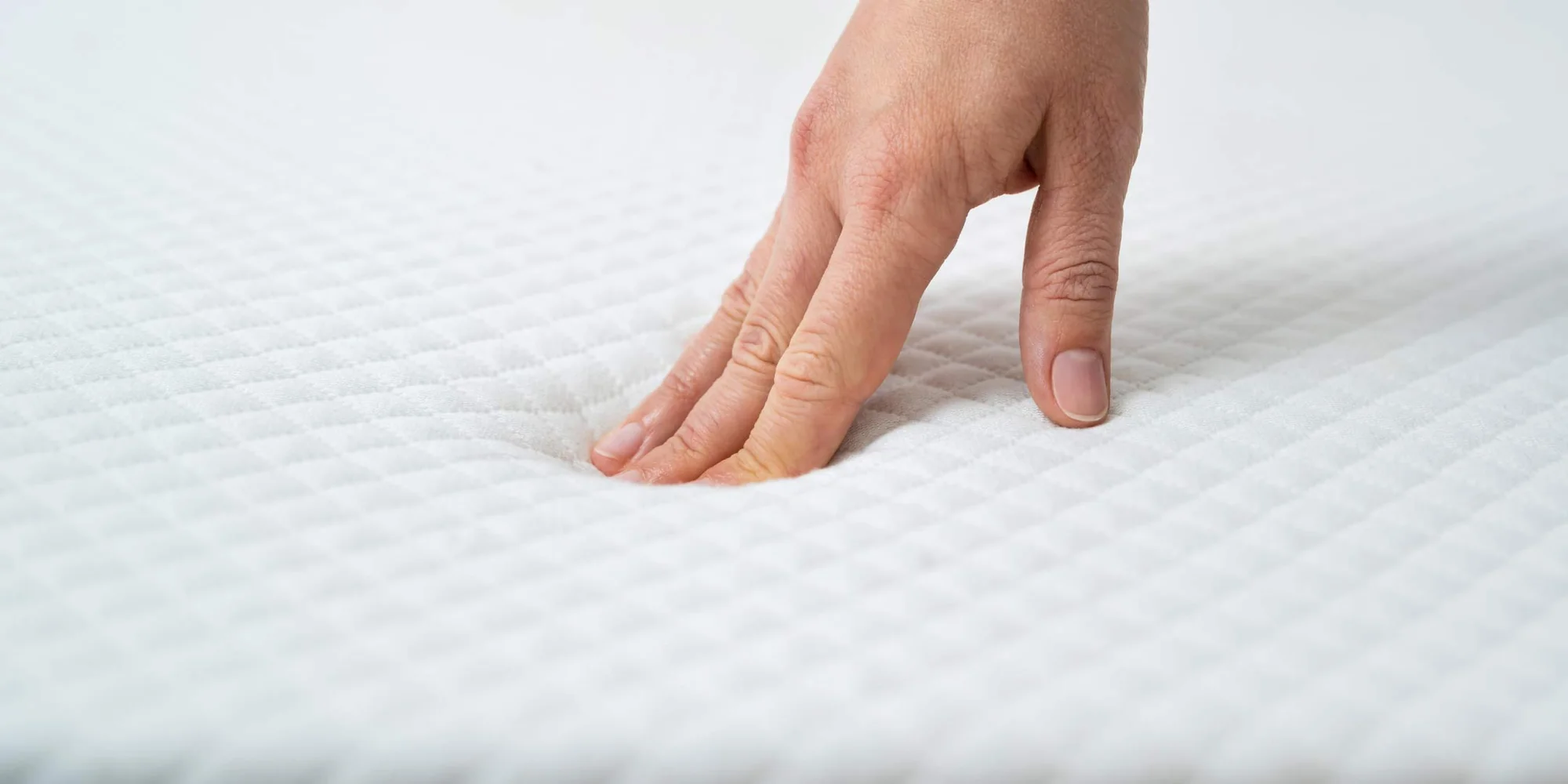Home>Furniture>Bedroom Furniture>Why Is My Mattress Brown
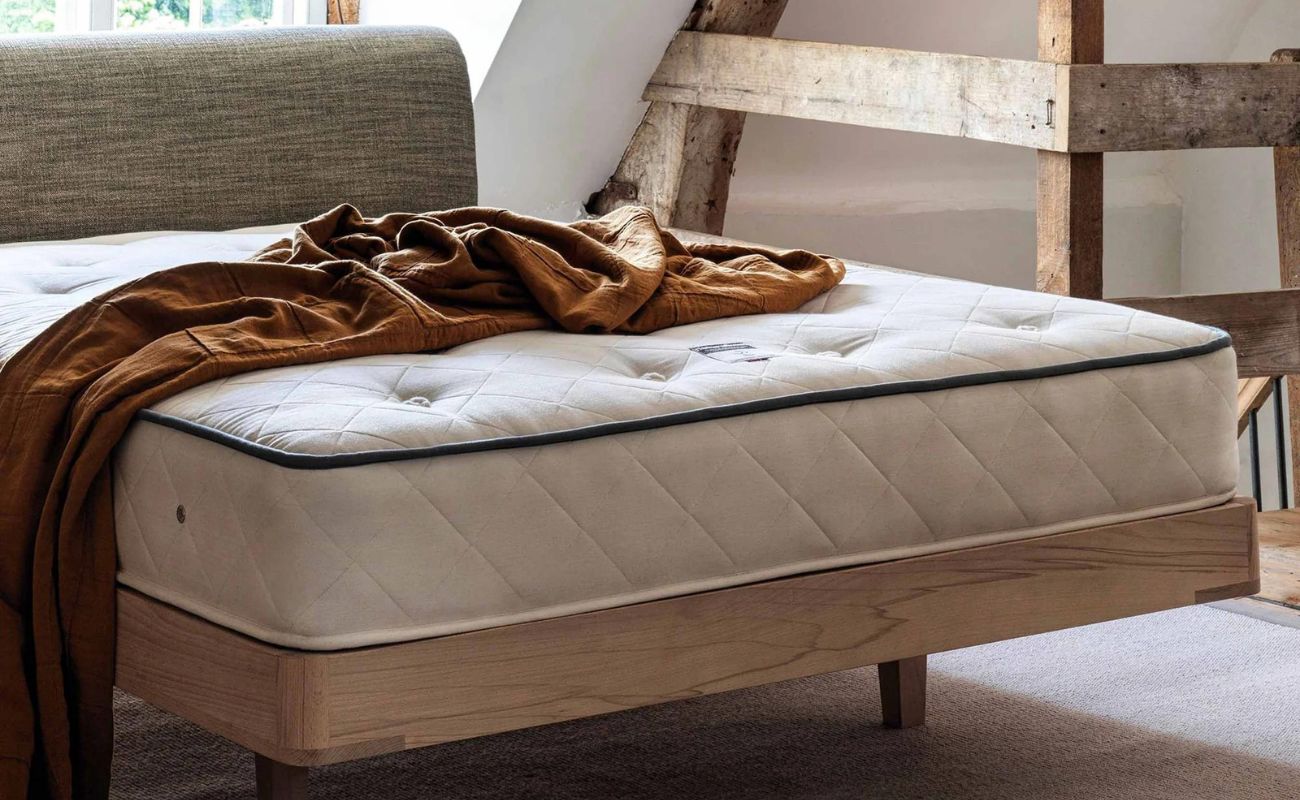

Bedroom Furniture
Why Is My Mattress Brown
Modified: August 28, 2024
Discover why your mattress has turned brown and learn how to prevent it. Explore our range of bedroom furniture for a stylish and clean sleeping environment.
(Many of the links in this article redirect to a specific reviewed product. Your purchase of these products through affiliate links helps to generate commission for Storables.com, at no extra cost. Learn more)
Introduction
When you invest in a high-quality mattress, you expect it to maintain its original appearance for as long as possible. However, over time, you may notice that your mattress starts to develop an unsightly brown color. This discoloration can be both frustrating and concerning, leaving you wondering why your once pristine mattress has taken on this unappealing shade.
In this article, we will explore the common causes of brown discoloration on mattresses and provide you with solutions to prevent it from happening. Understanding the material composition of your mattress and implementing proper maintenance techniques can help you keep your mattress looking as good as new for years to come.
Key Takeaways:
- Protect your investment by understanding the causes of brown discoloration on mattresses, such as sweat, stains, dust, and mold. Use a mattress protector and maintain a dry, well-ventilated environment to prevent discoloration.
- Keep your mattress looking fresh and appealing by implementing preventive measures like regular cleaning, proper ventilation, and using moisture-wicking bedding materials. Understanding the material composition and taking proactive steps can prolong the lifespan of your mattress.
Read more: Why Is The Water In My Toilet Brown
Understanding the Material
The first step in understanding why your mattress may be turning brown is to familiarize yourself with the different types of mattress materials and their characteristics. Mattresses can be made from various materials, including foam, latex, innerspring, hybrid, and more. Each type of mattress material has its own unique properties that can contribute to discoloration.
Foam mattresses, for example, are known for their comfort and support. However, they are also prone to absorbing moisture, which can result in brown discoloration over time. Latex mattresses, on the other hand, are more resistant to moisture absorption, but they can still develop brown spots if exposed to excessive humidity or insufficient airflow.
Innerspring mattresses often have multiple layers of padding and fabric, making them vulnerable to sweat and body fluid absorption. Over time, this can lead to brown discoloration on the fabric and padding layers. Hybrid mattresses, which combine the benefits of foam, latex, and innerspring, may also experience similar issues.
Now that we have an understanding of the different mattress materials, let’s explore the causes of brown discoloration on mattresses.
Causes of Brown Discoloration:
- Sweat and Body Fluids: When we sleep, we naturally perspire, and our bodies release oils and other fluids. If not properly absorbed or cleaned, these bodily fluids can contribute to the discoloration of the mattress fabric.
- Stains from Food and Drinks: Consuming food or drinks on the bed can lead to accidental spills or stains. Certain food and beverage substances, such as coffee or red wine, can leave behind stubborn brown stains on the mattress.
- Dust and Dirt Accumulation: Over time, your mattress can accumulate dust, dirt, and other debris. If left unchecked, these particles can settle into the fabric, causing it to take on a brown hue.
- Mold and Mildew Growth: Excessive moisture can create the perfect environment for mold and mildew growth on your mattress. These fungi can produce brown or dark spots on the surface, and they can also contribute to unpleasant odors.
Common Causes of Brown Mattresses
Now that we understand the different types of mattress materials and their characteristics, let’s delve deeper into the common causes of brown discoloration on mattresses.
Sweat and Body Fluids: When we sleep, our bodies naturally release sweat and other bodily fluids. If not properly absorbed or cleaned, these fluids can seep into the mattress fabric, leaving behind brown stains. Over time, the accumulation of sweat and body fluids can lead to discoloration and an unpleasant odor.
Stains from Food and Drinks: Eating or drinking in bed can result in accidental spills or stains. Substances like coffee, tea, wine, or greasy foods contain pigments that can seep into the mattress fabric, causing brown discoloration. These stains can be notoriously difficult to remove, especially if they are not addressed promptly.
Dust and Dirt Accumulation: As we sleep, our bodies shed dead skin cells, and the surrounding environment can contribute to the accumulation of dust and dirt on the mattress. Over time, these particles can settle into the fabric, giving it a brownish appearance. Additionally, pet dander, hair, and pollen can also contribute to discoloration if not regularly cleaned.
Mold and Mildew Growth: Excessive moisture in the bedroom can create the ideal conditions for mold and mildew to thrive. When your mattress absorbs moisture, whether from sweat, spills, or high humidity, it becomes a breeding ground for these fungi. Mold and mildew can cause brown or dark spots to develop on the mattress surface, along with a musty odor.
It’s important to note that the presence of brown discoloration on your mattress doesn’t necessarily mean it’s unsanitary or unhygienic. However, it can be visually unappealing and may affect your overall sleeping experience.
If your mattress is turning brown, it could be due to sweat, body oils, or dust mites. To prevent this, use a mattress protector and regularly clean your mattress.
How to Prevent a Mattress from Turning Brown
While brown discoloration may seem inevitable, there are several preventive measures you can take to keep your mattress looking fresh and clean. Let’s explore some effective strategies:
Using a Mattress Protector: Investing in a high-quality mattress protector is one of the best ways to safeguard your mattress against stains and discoloration. A mattress protector acts as a barrier, preventing sweat, body fluids, spills, and dirt from seeping into the mattress fabric. It is easily removable and washable, adding an extra layer of protection to your mattress.
Regular Cleaning and Maintenance: Implementing a regular cleaning routine can go a long way in maintaining the integrity and appearance of your mattress. Vacuuming the mattress surface and using upholstery cleaners specifically designed for mattresses can help remove dust, dirt, and surface stains. Be sure to check the manufacturer’s guidelines for cleaning instructions and avoid saturating the mattress with liquids to prevent moisture retention.
Keeping the Mattress in a Dry Environment: Moisture is one of the main culprits behind brown discoloration and mold growth on mattresses. To prevent this, it’s crucial to keep the mattress and the surrounding environment as dry as possible. Avoid spilling liquids on the bed, and if you sweat excessively during sleep, consider using moisture-wicking sheets or breathable bedding materials to reduce moisture build-up. Additionally, using a dehumidifier in your bedroom can help regulate humidity levels and inhibit mold growth.
Properly Ventilating the Bedroom: Good airflow is essential for preventing moisture accumulation and maintaining a fresh sleeping environment. Ensure that your bedroom is well-ventilated by keeping windows open, using fans, or utilizing air conditioning systems. This promotes air circulation and helps prevent the formation of mold and mildew.
By incorporating these preventive measures into your mattress care routine, you can significantly reduce the chances of your mattress developing brown discoloration. Not only will this prolong the lifespan of your mattress, but it will also contribute to a healthier and more comfortable sleep environment.
Conclusion
Finding your once pristine mattress taking on a brown discoloration can be disheartening, but understanding the common causes and taking preventative measures can help you keep your mattress looking fresh and appealing for years to come.
By familiarizing yourself with the different types of mattress materials and the specific issues they may face, you can better understand the factors contributing to brown discoloration. Sweat and body fluids, stains from food and drinks, dust and dirt accumulation, and mold and mildew growth are all common culprits.
To prevent your mattress from turning brown, consider using a mattress protector to create a barrier against stains and spills. Regular cleaning and maintenance, such as vacuuming and using appropriate cleaning products, can help remove dust and dirt particles. Keeping the mattress in a dry environment by managing moisture levels and properly ventilating your bedroom is also crucial.
Remember, maintaining the appearance and hygiene of your mattress not only ensures its longevity but also contributes to a better sleep environment. By implementing these preventative measures and incorporating them into your mattress care routine, you can enjoy a clean, fresh, and appealing mattress for years to come.
Investing in a high-quality mattress is an important investment in your sleep quality and overall well-being. By understanding how to prevent brown discoloration and taking proactive steps to maintain your mattress, you can enjoy a clean and comfortable sleep surface that promotes relaxation and rejuvenation night after night.
Frequently Asked Questions about Why Is My Mattress Brown
Was this page helpful?
At Storables.com, we guarantee accurate and reliable information. Our content, validated by Expert Board Contributors, is crafted following stringent Editorial Policies. We're committed to providing you with well-researched, expert-backed insights for all your informational needs.
